Increased Demand for ATMs
The rising demand for ATMs across various sectors is a primary driver for the ATM Slide Rails Market. As financial institutions and retail businesses seek to enhance customer service and accessibility, the number of ATMs continues to grow. According to recent data, the number of ATMs installed worldwide has seen a steady increase, with projections indicating a compound annual growth rate of approximately 5% over the next few years. This growth necessitates the use of high-quality slide rails to ensure the smooth operation and maintenance of these machines. Consequently, manufacturers of ATM slide rails are likely to benefit from this trend, as they provide essential components that facilitate the installation and functionality of ATMs.
Growth of Cashless Transactions
The ongoing shift towards cashless transactions is reshaping the ATM Slide Rails Market. As consumers increasingly prefer digital payment methods, the role of ATMs is evolving. However, ATMs remain essential for cash withdrawals and other banking services, particularly in regions where cash is still prevalent. This duality creates a unique demand for ATM slide rails that can support both traditional and modern functionalities. Market analysis indicates that while cashless transactions are growing, the need for reliable ATM infrastructure remains critical. Consequently, manufacturers are likely to see sustained demand for slide rails that enhance the durability and efficiency of ATMs.
Technological Integration in ATMs
The integration of advanced technologies in ATMs is a notable driver for the ATM Slide Rails Market. With the advent of features such as contactless transactions, biometric authentication, and enhanced user interfaces, the design and functionality of ATMs are evolving. This technological shift necessitates the use of specialized slide rails that can accommodate new hardware and ensure reliable operation. Market data suggests that the adoption of smart ATMs is on the rise, with a projected increase in installations expected to reach millions by 2026. This trend presents opportunities for slide rail manufacturers to develop innovative solutions that cater to the changing landscape of ATM technology.
Expansion of Retail Banking Services
The expansion of retail banking services is a significant driver for the ATM Slide Rails Market. As banks and financial institutions broaden their service offerings, the installation of ATMs in retail locations has become increasingly common. This trend is driven by the need to provide convenient access to banking services for customers. Recent statistics reveal that the number of ATMs in retail environments has surged, reflecting a growing trend in consumer banking behavior. This expansion necessitates the use of robust slide rails that can withstand the demands of high-traffic locations. As a result, manufacturers are likely to experience increased opportunities in the ATM slide rails market as retail banking continues to evolve.
Regulatory Compliance and Security Standards
The ATM Slide Rails Market is significantly influenced by the need for compliance with regulatory standards and security protocols. Financial institutions are under increasing pressure to adhere to stringent regulations regarding the safety and security of ATMs. This has led to a heightened focus on the design and manufacturing of ATM components, including slide rails, that meet these standards. For instance, the implementation of anti-skimming devices and secure installation practices has become paramount. As a result, manufacturers are compelled to innovate and enhance their product offerings to align with these requirements, thereby driving growth in the ATM slide rails market.

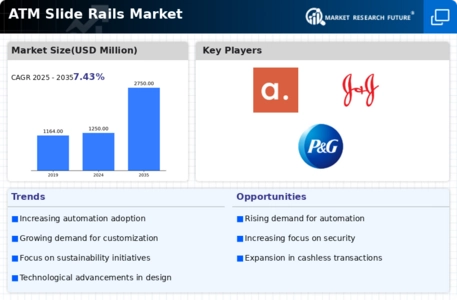
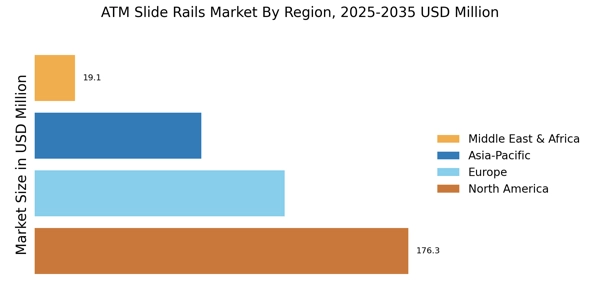
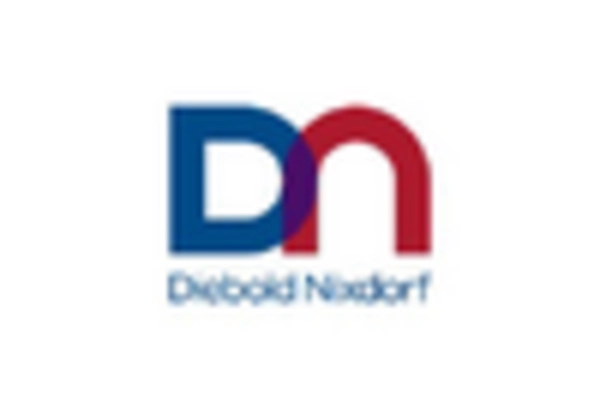
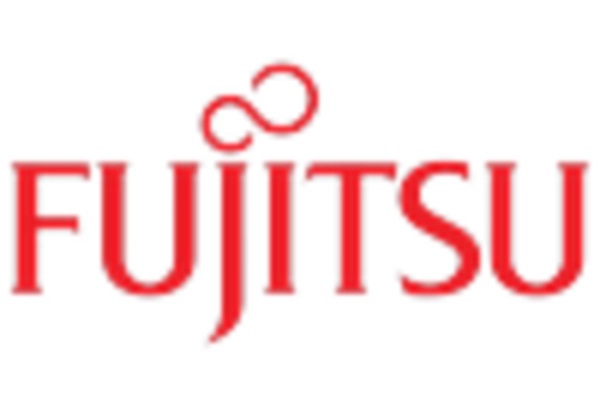
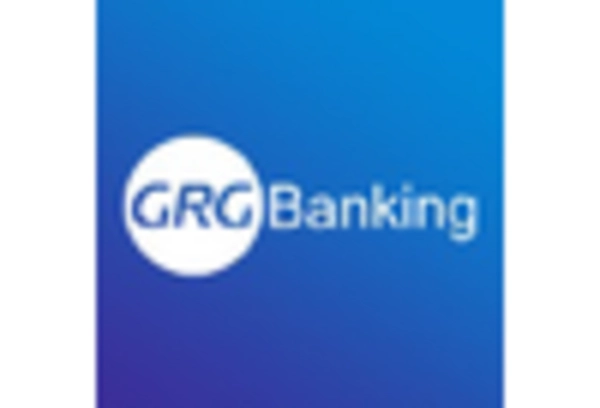
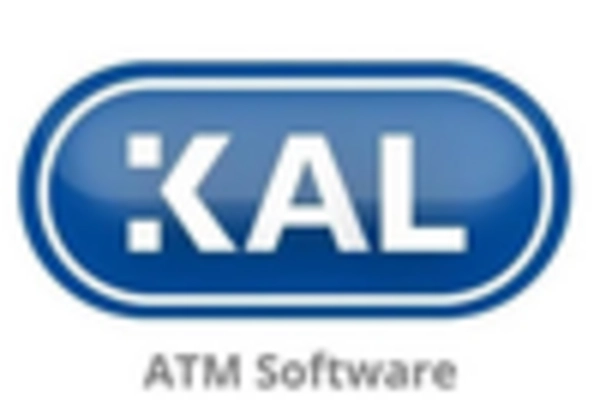
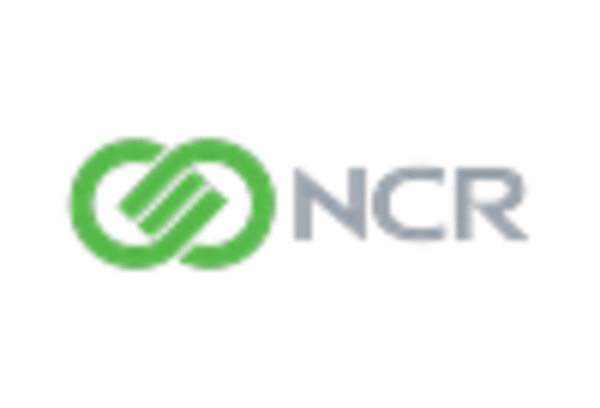









Leave a Comment